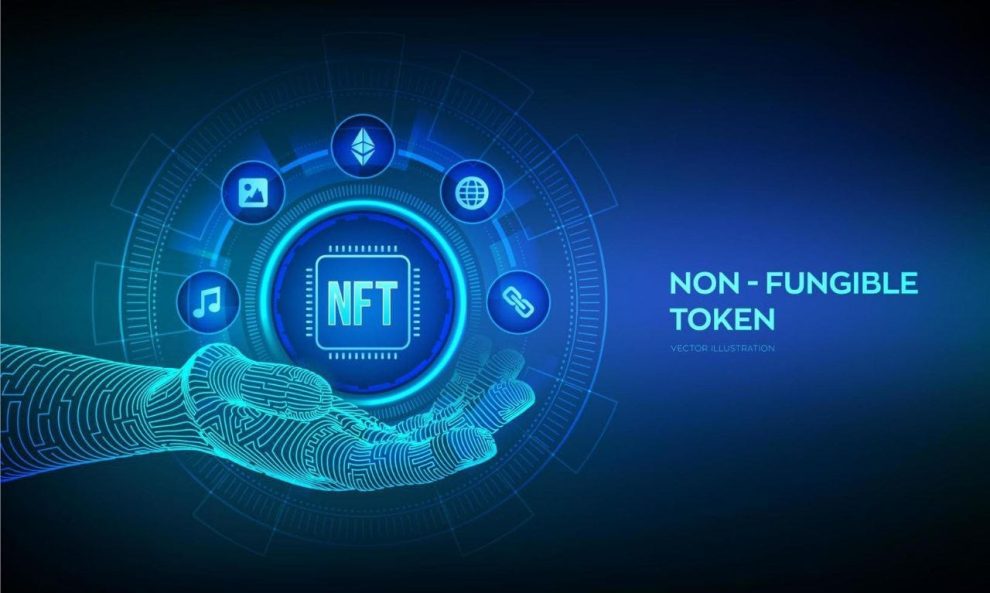Non-fungible tokens (NFTs) have exploded in popularity in recent years. As interest grows, NFTs are transitioning from a niche curiosity to a mainstream phenomenon. This rapid adoption raises important questions about the positive and negative impacts of NFTs.
In this blog post, we’ll evaluate the mainstreaming of NFTs from multiple perspectives: the good, the bad and the ugly. Looking at both the beneficial possibilities and ethical challenges will lead to a more complete understanding of this transformative new technology.
Democratizing Art: The Good
One of the most exciting possibilities presented by NFTs is the democratization of art. Digital tokens provide opportunities for creators that were previously inaccessible.
For example, NFTs allow artists to directly reach collectors without going through traditional gatekeepers like galleries or agents. The blockchain-based ledgers that underpin NFTs also ensure creators receive ongoing royalties from secondary sales.
This disintermediation shifts power back into the hands of artists. Anyone with creative talent and internet access can share their work with the world and earn income from it.
Additional Positives
NFTs facilitate other beneficial outcomes as well:
- They incentivize artists by allowing them to profit from their work in perpetuity via automated royalties.
- NFTs build community by connecting collectors around shared passions.
- They open new forms of digital expression like interactive multimedia art.
- Some investors believe NFTs will mature into a major asset class in the future.
Environmental Damage: The Bad
Unfortunately, NFTs also come with significant downsides. The most pressing issue is their negative environmental impact.
Most NFTs run on blockchains like Ethereum that employ energy-intensive proof-of-work (PoW) protocols. The computational power required to maintain these decentralized networks is immense.
By some estimates, a single Ethereum transaction consumes as much electricity as an average US household uses in over a week. Scaled to millions of transactions, the carbon footprint becomes massive.
Additional Concerns
Along with sustainability issues, NFT critics highlight other problems like:
- Scams and fraud running rampant in the unregulated market
- Severe volatility making NFTs a risky investment
- Limited accessibility due to high technical and financial barriers to entry
- Unease about the ethical implications around copyright and ownership
Discrimination and Exploitation: The Ugly
Beneath the technical and economic debates lies the ugly truth that blockchain-based systems can amplify real-world inequality and injustice.
The insular communities that spring up around NFT collections often shut out historically marginalized groups. Issues like racism, sexism and homophobia abound.
Furthermore, detractors argue that NFTs are – at their core – exploitative. They represent the commodification of art, culture and human relationships for financial gain.
Turning creative works into investable assets strips them of intrinsic meaning. Prioritizing ownership and profit degrades activities that should bring more holistic value to society.
The Road Ahead for NFTs

Given the profound complexities involved with appraising NFTs, what does the future hold for this polarizing new advancement?
The technology is still in its infancy, so sweeping judgments seem premature. However, a few key developments could shape the trajectory of NFT adoption:
- Migration to more sustainable blockchains would ease environmental worries
- Maturing regulations would curb dangerous scams and fraud
- Continued growth might lead to more accessibility and diversity
- Emergent use cases like virtual communities and marketplaces could positively impact society
Of course, there are no guarantees about whether NFTs will deliver on their promise or potential. But their disruptive nature makes their mainstream adoption well worth monitoring in the years to come.
For a more in-depth evaluation of the good, bad and ugly possibilities presented by NFTs going mainstream, sign up for our newsletter below.
















Add Comment